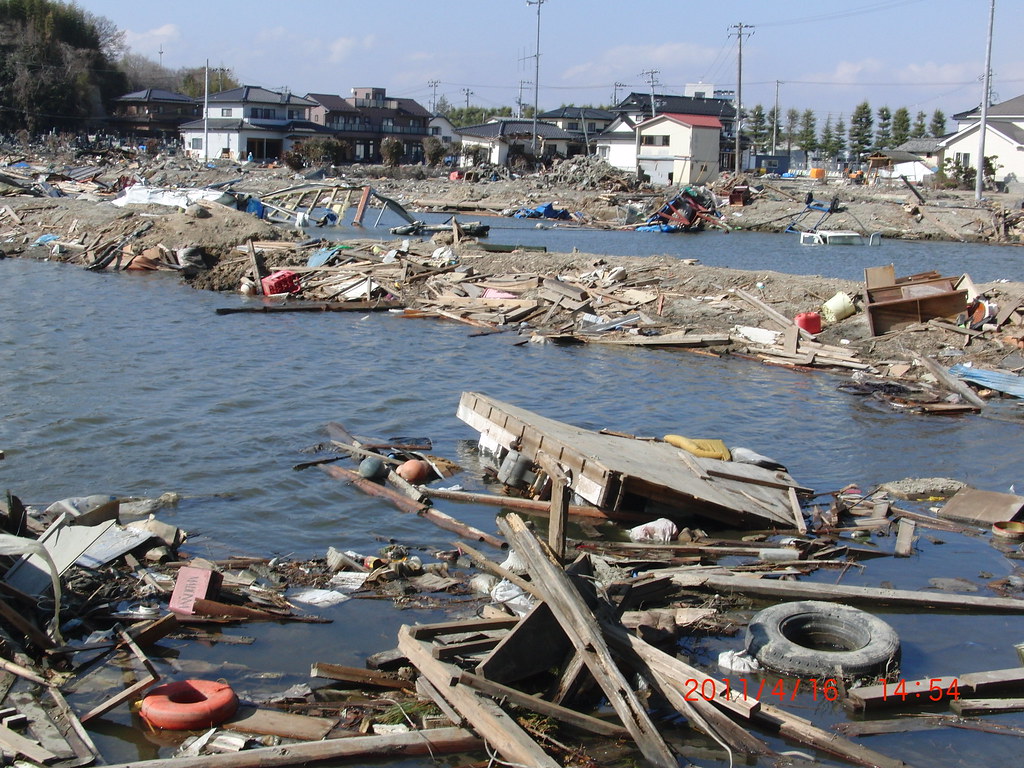TOKYO — A wide variety of marine life is making its home around underwater debris left after 2011's Great East Japan Earthquake caused a tsunami.
More than 10 times as many marine organisms live in the areas with debris as in areas without it, according to research conducted off the Sanriku Coast of the Pacific Ocean by organizations such as the Japan Agency for Marine-Earth Science and Technology (JAMSTEC).
Ragworms, Gammaridea crustaceans and other marine organisms have made their homes there, and channel rockfish, conger and snow crabs come to prey on them. These areas may become fishing grounds in the future, according to JAMSTEC.
The research was conducted between March 2012 to November 2015, and examined the seabed at a depth of about 120 meters (394 feet) to 1,000 meters (3,280 feet), and at a distance of 20 kilometers (12.5 miles) to 35 kilometers (21.7 miles) off the Sanriku Coast.
Analyzing pictures taken by a robot, researchers found an average of 114 creatures per square meter around the debris, which includes fishing gear, pieces of concrete and scrap wood. This was 14 times more than in the areas just five meters away from the debris, and 25 times more than in areas 10 meters away.

Sendai, Japan, just after the 2011 earthquake — Photo: Tex Texin
Researchers said they found ragworms, which tend to attach themselves to reefs, on the debris, while Gammaridea crustaceans were using it to conceal themselves.
The Environment Ministry estimated that about 5 million tons of scraps and materials washed into the sea after the tsunami following the earthquake. About 3.3 million tons of that accumulated on the seabed off the Sanriku Coast.
Debris that could obstruct the navigation of ships has been removed, but a large amount still remains in the seabed valleys.
According to JAMSTEC, the volume of debris piled up in the valleys is more than three times the amount accumulated on flat seabed areas. The number of marine organisms may be surging around debris in the valleys.
JAMSTEC said there is no major difference in the number of organisms found around different kinds of refuse, including metals and plastic. It is currently compiling a map to depict the distribution of debris on the seabed, aiming to complete it within several years. It also plans to conduct a survey on the volume of organisms around the debris and reflect the data on the map in the future.
"Confirming the situation of organisms on the seabed after the 2011 disaster will surely be useful for fishing in the future," says senior JAMSTEC researcher Katsunori Fujikura.





